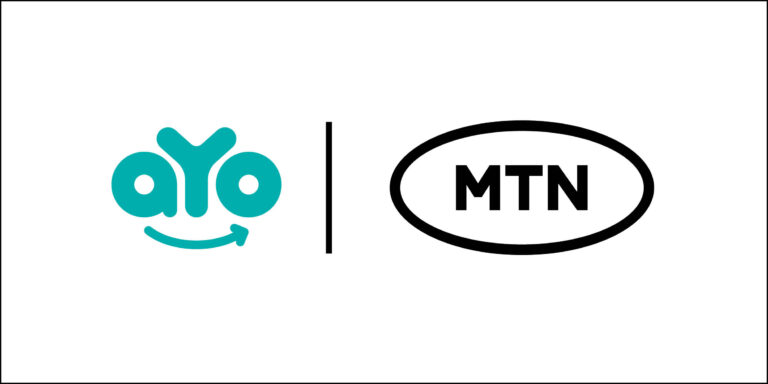When considering the difference between traditional insurance and microinsurance, one has to consider at least four items, namely, the Target Market, Product Design, Marketing and Distribution, and Claims Handling.
Whereas traditional insurance targets a market that is largely aware of insurance and is high to medium-income individuals, microinsurance specifically targets low-income individuals who have extremely limited knowledge/awareness on insurance.
Traditional insurance tends to cover multiple and even complex features, using multiple parameters with good data. However, microinsurance follows a simple product design with easy-to-understand features. It has limited actuarial data and uses a community of group pricing.
Suffice to say that traditional or conventional insurance employs conventional channels like agents, banks, and the internet and is usually sold by licensed intermediaries. Withmicroinsurance, marketing and distribution have to be more intentional and innovative. The microinsurance product is usually sold as a combined product through microfinancing institutions. The premiums and sums assured are small.
Finally, traditional insurance is characterized by a comprehensive and detailed documentation claims process, whereas microinsurance claims handling has a simpler and quick turnaround process with limited documentation.
Of course, the two differ in many other areas such as asset management, underwriting, and administration. But the bottom line is traditional insurance is comprehensive with multiple layers of administration whereas microinsurance is simple with corresponding small sums assured.





